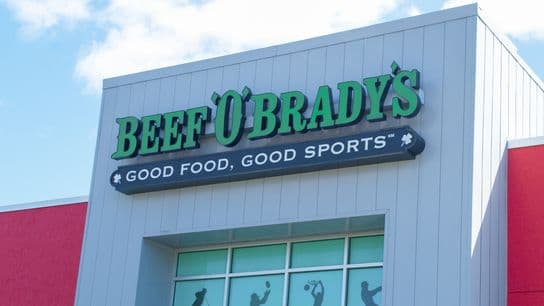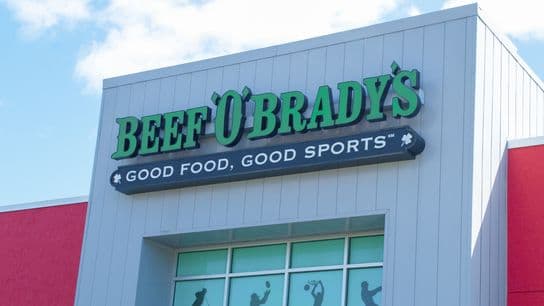How Do Franchise Owners Get Paid?
A franchisee makes money through the profits received from sales and service transactions after overhead costs and fees are deducted.
Franchise owners get paid primarily through the revenue they generate from sales and service transactions. This is considered the “leftover” cash after all other overhead expenses (rent, utilities, labor) and fees (franchisors collect a percentage of gross sales and a lump-sum yearly franchise fee) are covered. Depending on the franchise concept, some franchisees may also choose to take a salary.
Investopedia gives the following example: “Dunkin' Donuts charges approximately $40,000 to $90,000 for the initial franchise fee, 5.9% in royalties, and 5% for advertising. The initial investment ranges between $109,700 to $1,637,700. A store that does $900,000 in annual sales would owe nearly $100,000 to the company. Adding in materials cost of about $200,000 would leave the franchisee with about $600,000.”
For potential franchisees researching a brand and wondering how much they can make, start by requesting the brand’s FDD (franchise disclosure document) and check out its Item 19. This section outlines the brand’s financial performance and usually includes both gross and net numbers so franchisees have a more realistic idea of how they will get paid.
Related stories:









